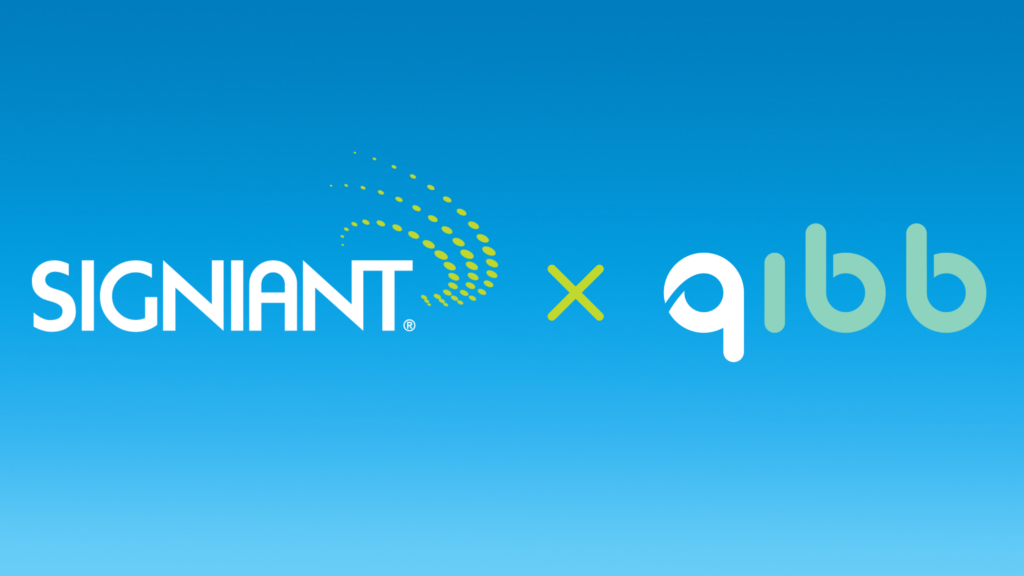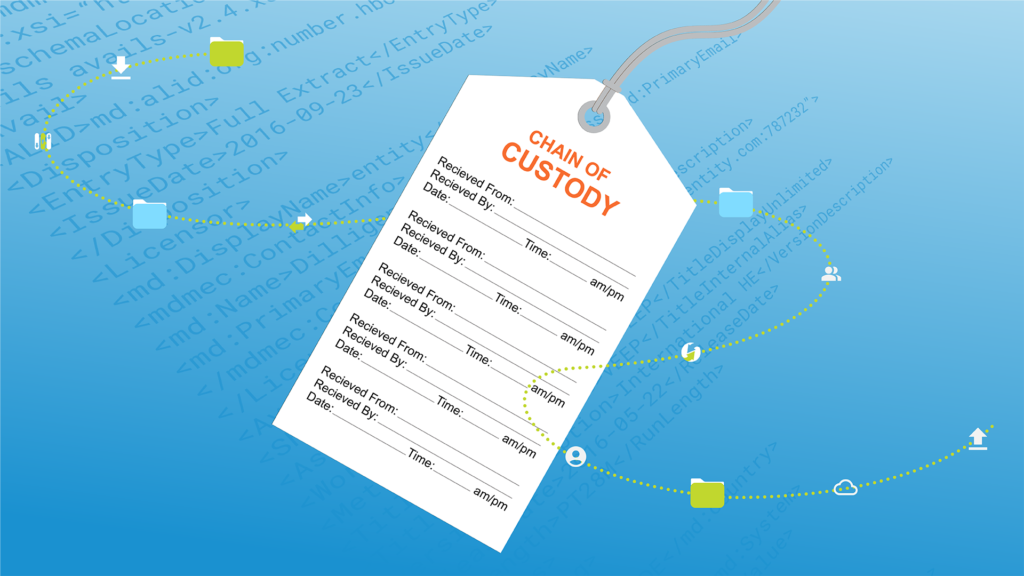October 1st, 2017 – a Landmark Day in the Migration to File-based Delivery in the UK
The Digital Production Partnership (DPP), an industry organization comprising UK broadcasters BBC, BT Sport, Channel 4, Channel 5, ITV, Sky and UKTV, recently announced that as of October 1st its members will no longer accept delivery of programs on videotape. This is a real watershed moment in the transition from videotape to files as the primary medium for moving video content across the Media & Entertainment supply chain.
While the DPP itself is only a couple of years old – Signiant is proud to say it has been a member from the outset – this historical step can be seen as the culmination of macro trends that have a much longer history.
For decades videotapes – and the VTRs that recorded and played them – were the workhorses of the industry. From capture all the way through playout, and all the multiple process and supply chain steps in between, tape was the dominant medium used throughout the television industry. By the mid- to late-nineties so-called “file islands” began to appear, generally for specific functions such as non-linear editing, broadcast graphics/VFX work, or playout. But tape still played a role in end-to-end broadcast operations, particularly in the movement of content between broadcasters and their suppliers, partners and distributors.
As the millennium passed, file-based approaches for every step in the workflow began making greater inroads into the broadcast world. The inexorable pace of Moore’s Law, the ever-greater power and lower cost of commodity hardware, and the massive global development and innovation behind software solutions that could run on it, were a force that could not be resisted. IT technology advanced to the point where it could provide audio and video processing functionality that previously required highly specialized, industry-specific hardware solutions.
The move to HD acted as an accelerant of this transformation. In the face of having to replace now-obsolete investment in broadcast quality SD VTRs and tape stock with the far more expensive HD equivalents, there was a new imperative to take a harder look at file-based alternatives. In parallel, the emergence of web-based and mobile platforms for video content distribution created awareness of the need to move towards a file-based media world.
The tape-to-file transition has not been without its challenges. One of the biggest roadblocks to distributing files rather than tapes has been the lack of uniform standards. The excellent work of DPP and its members, together with the Advanced Media Workflow Association (AMWA), has created UK standards for interoperability and media exchange – the resulting AS-11 DPP file specification is now the delivery specification for participating UK broadcasters. Outside of the UK other organizations such as the Society for Motion Picture & Television Engineers (SMPTE) and the European Broadcasting Union (EBU) have done similar and complementary work in defining industry standards for other aspects of file-based video operations. The DPP has worked closely with these and other industry organizations to help internationalize standards. For example, in North America the DPP has collaborated with the North American Broadcasters Association (NABA) in meetings that resulted in nine major American broadcasters – ABC/Disney, Bell Media, CBC/Radio-Canada, Fox, HBO, NBCUniversal, PBS, Time Warner and Turner – agreeing in 2016 on a common file format, structure and wrapper based on the AS-11 UK DPP specification for the delivery of finished air-ready programs for North America.
Signiant technology was another key enabler of the tape-to-file transition, providing the mechanism for fast, secure and reliable delivery of large broadcast files over IP networks. Satellite delivery of digital files was expensive and inflexible, and shipping hard drives or LTO tapes was much too slow. Using the Internet sounded attractive, but traditional protocols like FTP are much too slow for practical use when large files are involved. Signiant’s proprietary acceleration protocol overcomes the technical constraints on speed, and adds the security, reliability required by broadcasters. With the availability of Signiant software, file delivery over terrestrial IP networks became the default mechanism for the television industry.
Most of the UK broadcasters named in the announcement – including all three of the DPP’s founding members and shareholders (BBC, ITV and Channel 4) – are customers of Signiant, with large deployments of our flagship Manager+Agents solution for automated, scheduled transport of large files between geographically dispersed locations. Additionally, most of the production companies, post houses and media services providers that deliver programs to UK broadcasters are also Signiant customers, many of them using our cloud-native SaaS Media Shuttle solution for person-initiated sending and sharing of large files. The ease of use, built-in security and reliability, low cost pricing model, and simplicity of deployment and management have made Media Shuttle the industry standard for post and production houses needing a lightweight solution for hands-on movements of large files.
Tape is not completely dead yet, but end-to-end file-based workflows are now the norm rather than the exception throughout the industry.
We congratulate the DPP and its member broadcasters in making a significant step towards a more efficient and exciting, file-based, future! October 1st, 2017 will go down as a key date in the industry’s long history of innovation and advancement.


